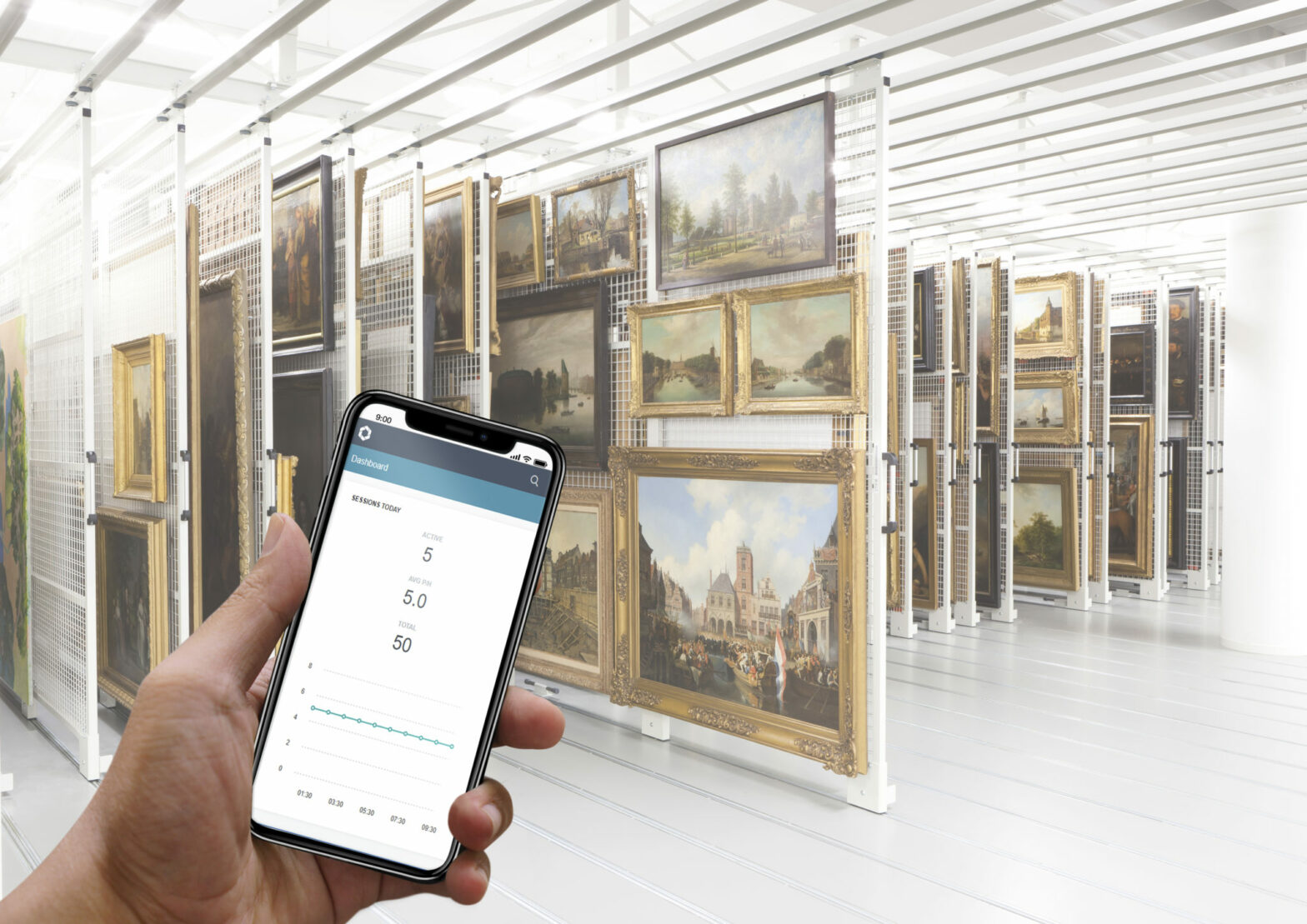Overall Aim
To undertake a longitudinal study of the digital footprints of users in two national collections (National Museums Scotland and National Galleries of Scotland) over a 12-month period to investigate:
- How people engaged with heritage collections during the lockdown/post-lockdown period; and
- How the knowledge of online access patterns can be used to design search pathways that can lead to linking collections combining the user search terms and sematics-based representations of the collections/items accessed.
Objectives
To produce a trend report that informs policy decisions on where best to aggregate collection data and improve online provisions. This will be based on the digital platforms most frequently used to access national collections before, during and after the lockdown period.
To develop a proof-of-concept showing how online access patterns can be used to build specific search pathways that can lead to further research on linking collections, combining the user search terms and semantics-based representations of the items accessed.
Research Questions
Throughout the project, we will answer the following key research questions:
- Whether and how lockdown has changed people’s search behaviour?
- Whether digital only provision has sparked any new patterns or interests?
- How insights from online search behaviour could inform the policies of museums and galleries in improving their digital provision?
- How insights from online search behaviour can inform guidelines for the development of linked digital national collections, which could lead to improved technologies and policies for the heritage sector?
